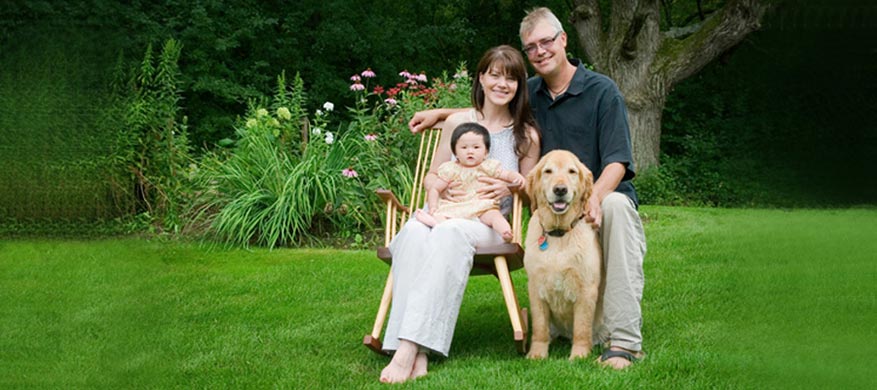
Is Foliar Feeding (Compost Teas and Compost Extracts) Only Watering My Turf and Plants?
Here are some interesting facts that will answer that question.
A research project conducted at Michigan State University, using radioactive tagged nutrients, proved that foliar feeding can be 8 to 10 times more effective than soil feeding. Foliar feeding stimulates an increase in chlorophyll production, cellular activity and respiration. It also triggers a plant response that increases water and nutrient uptake from the soil. The Research headed by Dr. H.B. Tukey at MSU in the 1950’s comparing the efficiency of plant use of foliar-fed nutrients versus soil-applied nutrients near roots, found foliar feeding provided about 95% efficiency of use compared to about 10% of use from soil applications (MSU).
Further, according to Iowa State University research; “Because plants can absorb nutrients through their leaves, spraying fertilizer nutrients on the plants can prevent nutrient depletion; keep leaves more active in carrying on photosynthesis.”
How Foliar Feeding Works
1-Direct and Efficient Nutrient Uptake
Small amounts of nutrients at high utilization uptake into the plant without soil interference.
2-Stimulation of Rhizosphere
The application of foliar nutrients stimulates the plant to release plant exudates, which then stimulates the organisms in the rhizosphere, who then interact with the plant.
3-Colonization of beneficial organisms on leaf surfaces, into the plant, and onto the soil
Sets of organisms on the plant leaf can independently fix nitrogen from the air, colonize the leaves for the competitive exclusion of disease organisms plus fix nitrogen on the plant surface.
In summary, Foliar feeding can be the most efficient method of feeding a plant since MSU research shows that 95% of a fertilizer solution can be found in the root hairs within 60 minutes with good conditions! Clay and compacted soils bind up available nutrients causing soil feeding to be less affective and foliar feeding bypasses the soil and feeds the plant directly.

